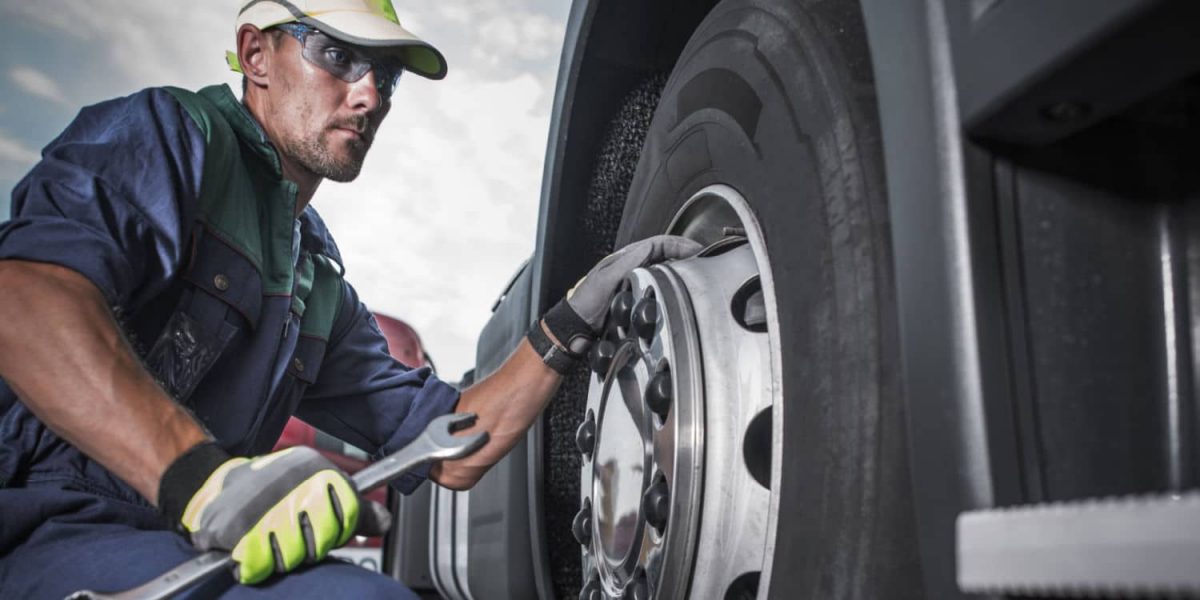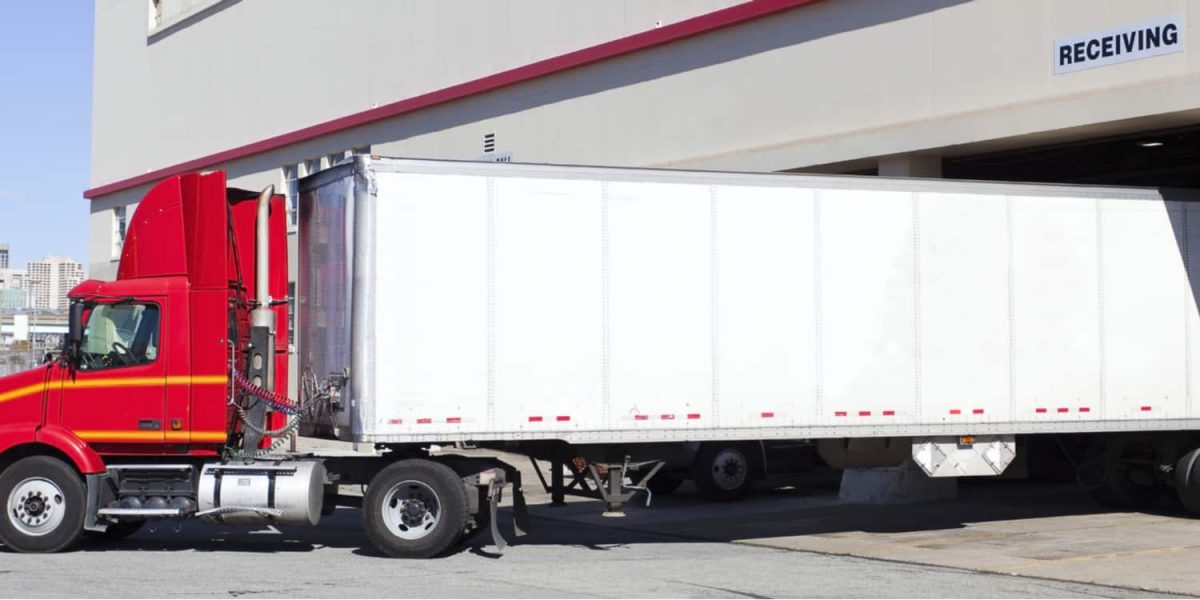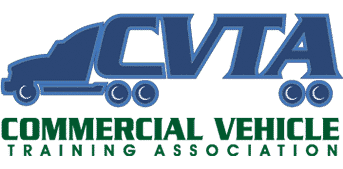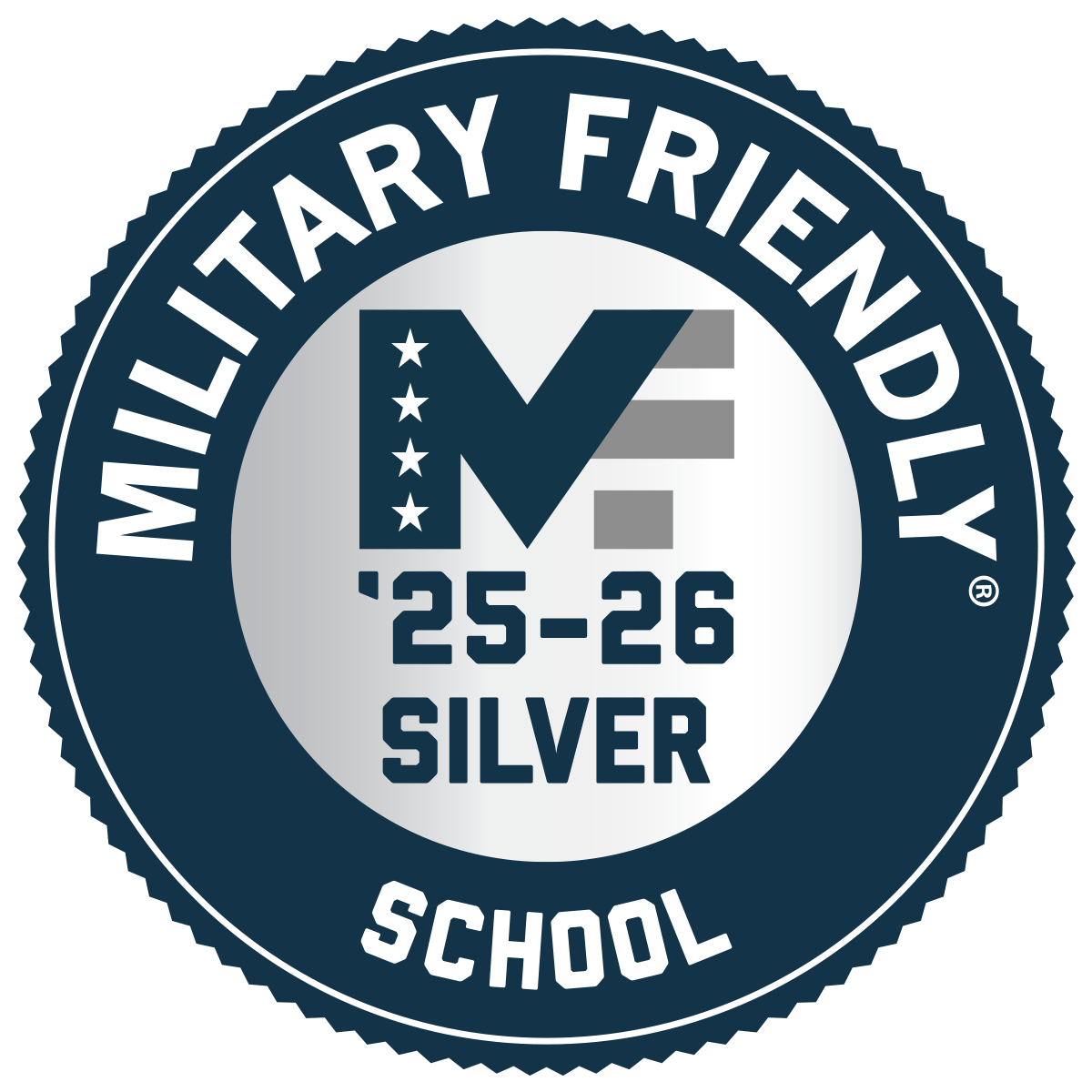Brake failure has the potential to be catastrophic for any vehicle. For semi-trucks, the risks are even greater since these vehicles are so much larger than a standard passenger vehicle and require more force to stop. Even though complete brake failure is relatively rare, any reduction in the amount of force brakes can apply can have serious consequences. Commercial drivers have a responsibility to make safety a priority, and this includes taking steps to prevent brake issues.
Some common causes of semi-truck brake issues to be aware of include:
Improper Maintenance
It’s essential to inspect your semi-truck before you hit the road each day. Doing so is required by the Federal Motor Carrier Safety Administration (FMCSA) and it helps you catch any potential maintenance issues before they become serious. Failing to perform these inspections or not getting maintenance when your truck needs this can cause brake issues to get worse over time.
Over-Braking
If you are braking too hard or using excessive force when braking, especially when descending steep hills you are over-breaking. Over-braking can overheat the brake drum and weaken the brakes over time. To prevent this, use a hard and short intermittent brake application instead of holding the brakes for a long stretch of time.
Airline Damage
Since semi-trucks typically use air brakes instead of hydraulic systems, they won’t run out of brake fluid or experience these types of issues. Air brakes are more effective for vehicles of this size, but that doesn’t mean these systems never have issues. If there is any damage to the airline, the air will not be pressurized properly and you won’t be able to brake as effectively. Cracks, tears, breaks, or worn-down areas of the airline are some possible causes.
Brake Lock
If the brake shoe on your truck becomes stuck, this is known as brake lock. If your truck has a sluggish acceleration, this may be the cause of that issue. This is due to the shoe struggling to release after it has been engaged.
Improper Loading
An uneven load does not distribute weight properly in the trailer, and this can lead to issues with braking. It may be more difficult to stop if this is the case. This is why even if you aren’t directly responsible for loading and unloading your truck, you should still check to make sure the distribution of weight isn’t causing any problems.
What to Do If Your Brakes Fail
Although full brake failure is unlikely, especially if you are keeping up with maintenance, it’s a good idea to know what to do just in case. If your semi-truck brakes fail, you should first downshift. If you’re on a downgrade, there are often runaway truck areas at regular intervals that you can drive toward. Otherwise, look for other possible escape routes such as an open field or side street. Going uphill is also a possible way to slow the truck down. Engage the emergency brake to stop the truck, but do so slowly to avoid the wheels locking up.
Learn to Be a Safe Trucker
At Phoenix Truck Driving Institute, we teach our students valuable skills to help them become safe truckers.

















